Shifting assumptions of the future
The whiplash speed of change brought on by the COVID-19 pandemic led ASI, like many organizations, to pause and re-evaluate some of our assumptions about the future.
ASI had been developing and prototyping a Transition Leadership Credential to easily identify and differentiate proficient leaders in the transition to a low carbon, socially inclusive economy. When we re-examined the certification program after the early pandemic shock, we found some of our considerations had evolved.
We asked ourselves, how might the Transition Leadership Accreditation Program be designed to maximize responsiveness and resilience in the face of unknown future shocks and market disruptions?
ASI decided to use a strategic foresight methodology to build a deeper understanding of change shaping the program’s future, and further explore what types of leadership and sustainability competencies might be needed to navigate rapid change and disruption.
New approaches for problem solving
Foresight is a practice that allows organizations to think in new ways about existing and potential markets, competitors, social and environmental needs, political shifts, emerging technologies and new business models. It is about looking beyond current ways of working, and imagining new horizons, to see what might be needed or important to key stakeholders in possible futures.
Building on ASI research about what is happening now in the world of credentialing and academia, the process incorporated some new data: a range of signals, trends and large-scale drivers of change that are impacting the Transition Leadership and credentialing sphere.
To make sense of the trends, we selected two significant but uncertain change metrics that could, by acting in unpredictable ways, bestow significant and crucial impact on ASI’s domain of interest, that of academic credentialing and professional accreditation.
In an energetic zoom-fueled workshop exercise, the ASI team plotted the trends across these critical uncertainties to generate four scenarios, each representative of very different possible outcomes. Four plausible future worlds were the result, worlds in which important ASI stakeholders would have a particular and distinct range of problems to address and challenges to solve.
What’s next?
ASI classifies foresight as a core Transition Leadership capability: it’s useful to navigate complexity and create value that’s good for people, good for business, and good for the planet. Originally the domain of governments and large corporations, foresight and futures practices are currently thriving as an organizational practice in response to today’s increasingly disruptive and uncertain world.
The exercise described here kicked off a strategic foresight practice at ASI in order to both utilize – and model – how the practice can help leaders manage transition and improve strategic outcomes.
In an upcoming blog we’ll outline the next steps taken in the strategic foresight process, during which ASI unearthed useful insights, strategies and innovations for the Transition Leadership Accreditation Program.



